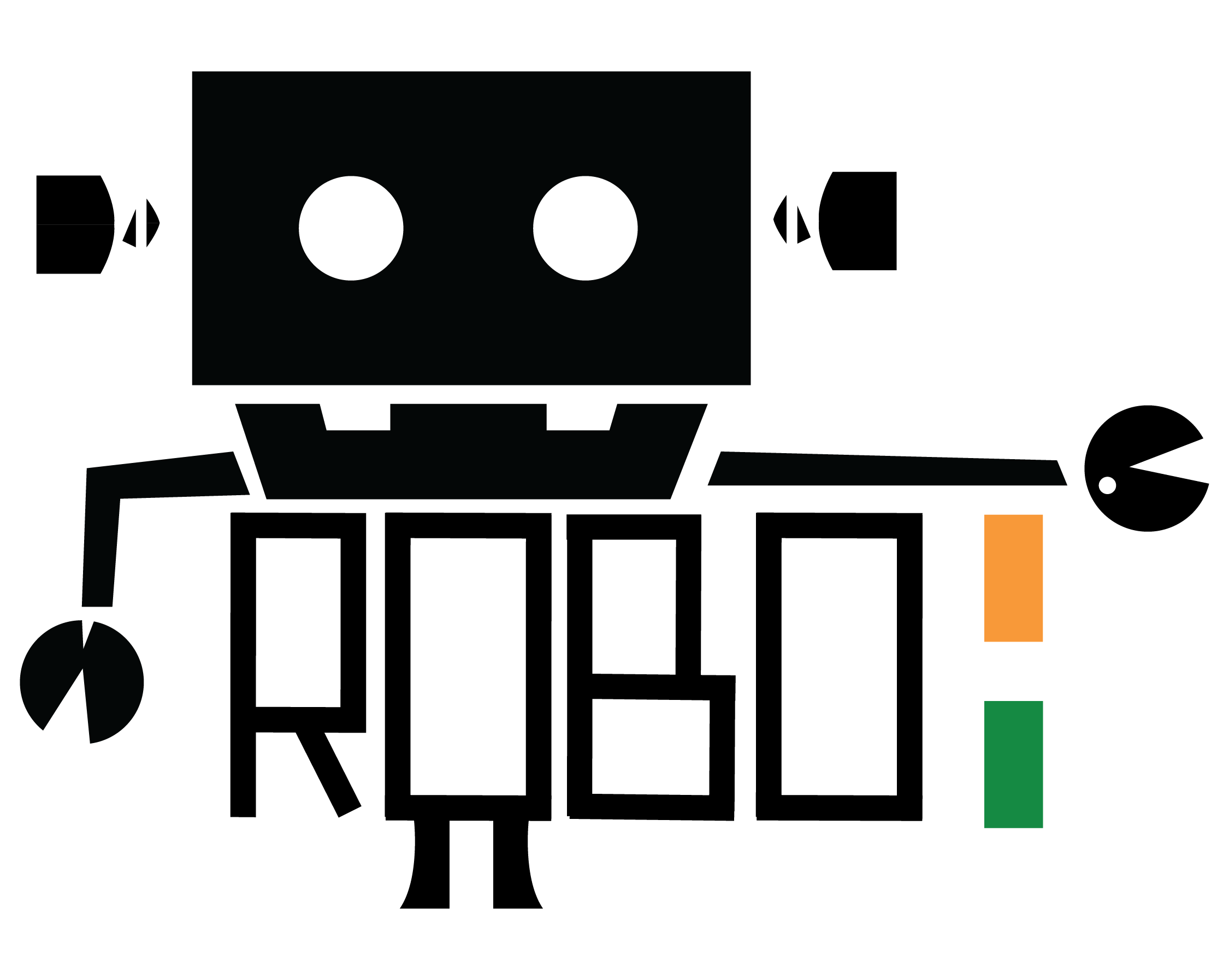Top 5 Trends That Will Shape India's Robotics Industry
The robotics industry in India is experiencing rapid growth, driven by advancements in technology, government initiatives, and the increasing demand for automation across various sectors. As the industry continues to evolve, several key trends are emerging that will have a significant impact on its development. In this blog post, we will explore the top five trends that are poised to shape India’s robotics industry and pave the way for a future of innovation, efficiency, and transformative change.
1. Collaborative Robots (Cobots) One of the most prominent trends in the robotics industry is the rise of collaborative robots, also known as cobots. These robots are designed to work alongside humans, enhancing productivity and safety in manufacturing, healthcare, and other industries. In India, the demand for cobots is steadily increasing, particularly in small and medium-sized enterprises (SMEs). The affordability, flexibility, and ease of use of cobots make them an attractive option for businesses looking to automate repetitive tasks while maintaining a collaborative work environment.


2. Artificial Intelligence (AI) is playing a pivotal role in the advancement of robotics. In India, there is a growing emphasis on integrating AI algorithms and machine learning techniques into robotic systems. AI enables robots to learn from data, make intelligent decisions, and adapt to dynamic environments. This integration of AI capabilities is driving significant improvements in robot perception, object recognition, and autonomous navigation. The adoption of AI-powered robotics is expected to revolutionize industries such as agriculture, logistics, healthcare, and retail, offering increased efficiency, accuracy, and cost savings.
3. Service Robotics and Automation: The service robotics sector is witnessing remarkable growth in India. Service robots, ranging from delivery drones to autonomous vehicles, are being deployed in diverse applications, including e-commerce, healthcare, hospitality, and smart cities. The COVID-19 pandemic has further accelerated the adoption of service robots, as they offer contactless and efficient solutions for tasks such as disinfection, surveillance, and customer service. The government’s focus on building smart cities and the increasing need for automation in various service-oriented industries are driving the demand for service robotics and automation solutions in India.


4. Start-up Ecosystem and Innovation : India’s vibrant start-up ecosystem is playing a crucial role in driving innovation and disruption in the robotics industry. Start-ups are spearheading the development of cutting-edge robotic technologies, including drones, humanoid robots, and exoskeletons. The availability of venture capital funding, supportive government policies, and a skilled talent pool are fueling the growth of robotics start-ups in India. These agile and innovative companies are addressing specific industry needs and creating solutions that cater to the unique challenges faced by the Indian market. The collaboration between start-ups, academia, and industry is fostering a culture of innovation and propelling India towards becoming a global hub for robotics research and development.
5. Skill Development and Workforce Transformation: As robotics and automation gain prominence, there is an urgent need for a skilled workforce capable of operating, maintaining, and programming robotic systems. Recognizing this, the Indian government has launched initiatives to promote skill development in emerging technologies, including robotics. Training programs, certification courses, and vocational education are being offered to equip individuals with the necessary skills for the future workforce. The upskilling and reskilling of the existing workforce are critical to harnessing the full potential of robotics technology and ensuring a smooth transition to an automated future. Additionally, fostering interdisciplinary collaboration between engineering, computer science, and other domains is essential to nurture the next generation of robotics professionals in India.

Conclusion : The robotics industry in India is witnessing a transformative phase, driven by technological advancements, changing market dynamics, and the need for increased efficiency and automation. The emergence of collaborative robots, the integration of artificial intelligence, the growth of service robotics, the thriving start-up ecosystem, and the focus on skill development are the top trends shaping the industry. These trends not only offer immense opportunities for businesses but also have the potential to address societal challenges and drive sustainable growth. By embracing these trends and fostering a conducive ecosystem, India can position itself as a global leader in robotics innovation and pave the way for a future powered by intelligent automation.

